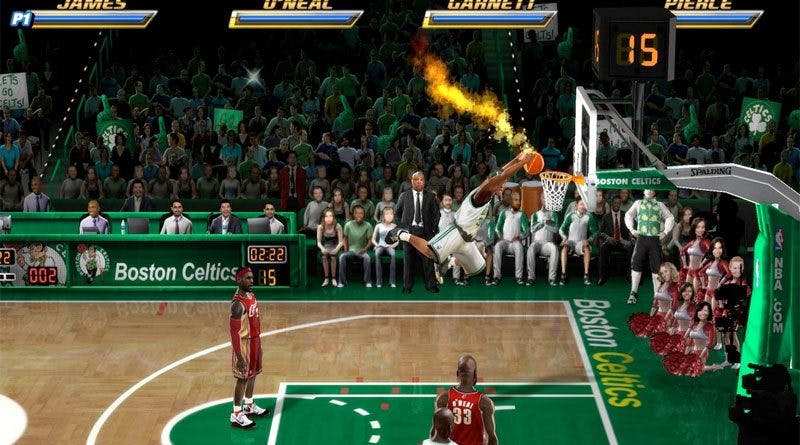Evaluating an ATS can be a significant endeavor. There have been many articles on the topic, and it’s been looked at in many ways. A client of mine that I consult for has been going through this very process in recent months. As such, I’ve been tasked to give them guidance along the way. As I looked at the efficiencies and inefficiencies of their recruiting process, I found that there was one highly important concept they needed to consider in their evaluation of any ATS. That concept was to find an ATS that maximized the visibility that stakeholders had into their recruiting process.
An ATS is meant to create a centralized platform to manage the recruiting process. It’s meant to be a team tool. So to understand this critical concept of visibility of the process to stakeholders I was naturally lead to research teams. There is no better petri dish to observe team activity in than sports. A prominent study of the National Basketball Association (NBA) illuminates why this visibility is so important. The study looked at 23 teams in the NBA from 1980 to 1994. They wanted to discover if there was more to a successful team than just having the most talented team members. What they found was fascinating. Teams that changed their roster from year to year the least, ceteris paribus, won more games. That also held for losing teams. When looking at the losingest teams in that period of the NBA – teams that lost less than 40 games – even those teams that made the least off-season roster changes won 5-6 games more the following season than other losing teams that made more roster moves. Why? Tacit Knowledge.
Tacit knowledge is the knowledge that is acquired from experience that is not explicit. Because it’s not explicit, it’s not readily transferred from one person to another. The NBA players experienced first-hand thousands of practice hours and hundreds of in-game hours with each other every year. They learned valuable nuances of how each members’ skill level, preferences, and strengths along with non-verbal ques – tacit knowledge that is difficult to convey explicitly. They also learned the explicit knowledge such as the coach’s system, for example, Phil Jackson’s Triangle Offense. But the tacit knowledge was highly valuable and highly translatable into wins.
That same principle of continuity of shared tacit knowledge applies to the teams involved in our recruiting processes. An ATS with permissions that allow this visibility would give managers full access to their positions’ pipelines. It would allow them to manage that process, even from their mobile device during the candidate interview. Despite what you might think, there are many ATSs out there that either doesn’t provide this function or are very limiting in their permissions. As you research what ATS is right for you, take into consideration the increased wins you’ll get from the concept of tacit knowledge. When hiring managers, HR, executives and other stakeholders are given permissions that increase their visibility into the workings of the recruiting process on an on-going basis, they acquire more tacit knowledge about how to collaborate with the recruiting function within their organization. The result is the same as they experience in the NBA. Recruiting works more quickly, it moves faster and wins more games.
